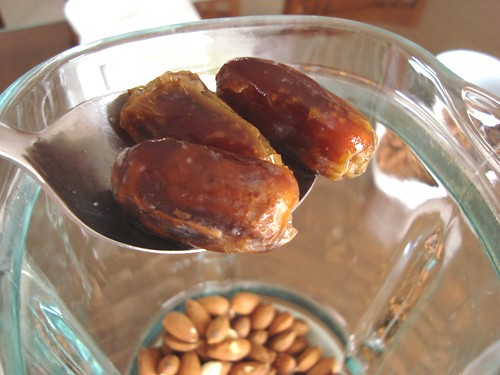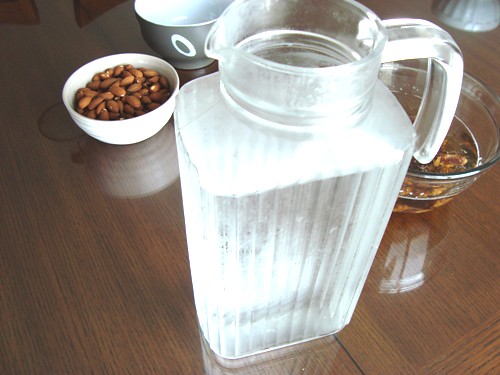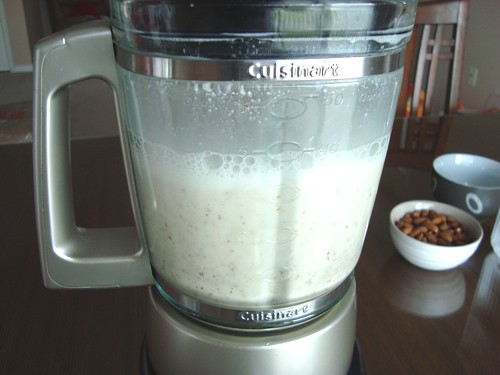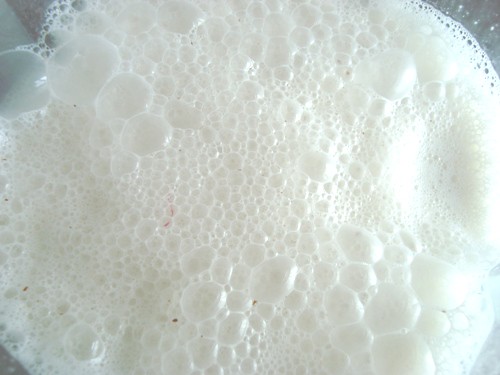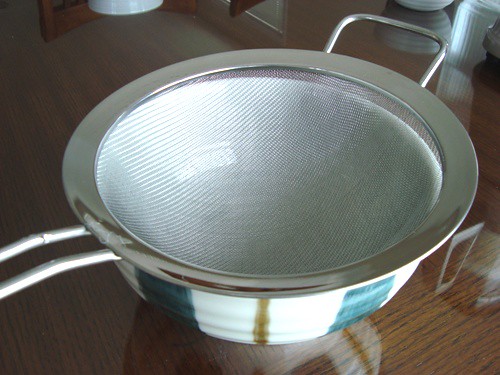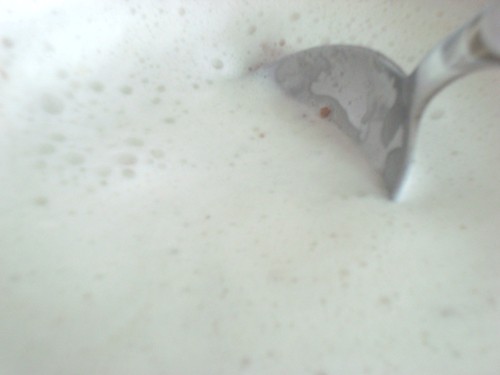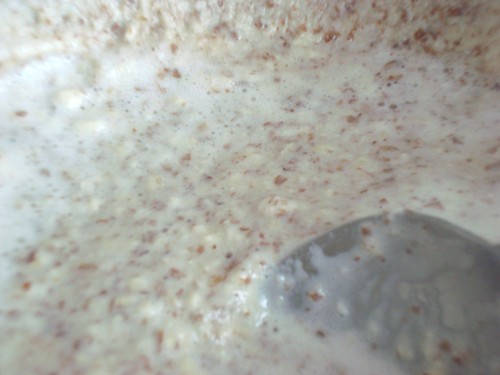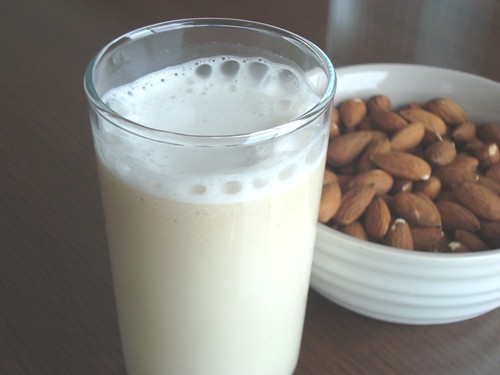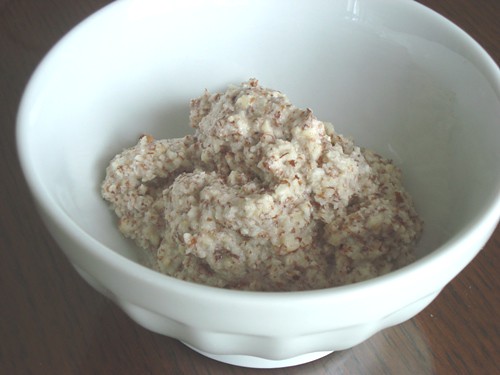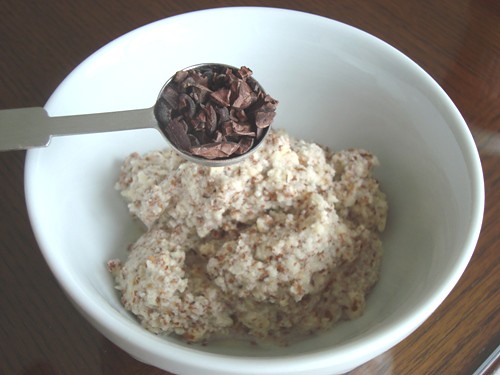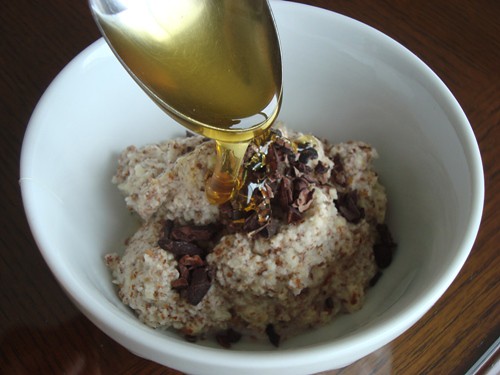You are here
How to Make All-Natural Almond Milk
 Why should you learn how to make your own almond milk? It's one of a few easy-to-make alternatives to cow's milk, and is far healthier for you than most commercially available dairy. Though you can purchase almond milk in most grocery stores these days, as you'll see below, it's a snap to make your own at a fraction of the cost.
Why should you learn how to make your own almond milk? It's one of a few easy-to-make alternatives to cow's milk, and is far healthier for you than most commercially available dairy. Though you can purchase almond milk in most grocery stores these days, as you'll see below, it's a snap to make your own at a fraction of the cost.
If you regularly suffer from nasal congestion, sinusitis, ear infections, joint pain, asthma, seasonal allergies, hyperhidrosis, indigestion, diarrhea, psoriasis, eczema, or any other autoimmune illness, you may experience significant improvement in your health just by avoiding dairy.
Over the years, I've observed hundreds of folks who have made complete recoveries from some of these and other chronic health conditions just by avoiding dairy.
So if you experience any chronic health challenges on a recurring basis and you regularly eat dairy products, I encourage you to go for one or two months without dairy - it's a simple experiment that will cost you very little and could potentially make a huge difference in the quality of your life.
Back to all-natural almond milk, here's how you can make it in just a few minutes:
First, measure out one cup of unroasted almonds.
Transfer almonds to a strong blender. My mom has been borrowing our vita-mix over the past few months, so we've been using our KitchenAid as of late - it's quite sturdy and does a fine job with this and other recipes that call for heavy blending.
Add three to eight soaked dates. It's best to have the dates soak for at least an hour for easy blending. Three dates if you enjoy only the most subtle hint of sweetness to your milk, and closer to eight if the sweetness of most commercial brands of non-dairy milk is about right for you.
Add four cups of cold water. We keep a jug of cold tap water in our refrigerator at all times. There's nothing like a glass of cold water on a hot summer day, right?
A water softener that has a quality coconut fiber filter ensures that all of the water that runs through our home is free of contaminants, including chlorine - highly recommended if you're ever in the market for a water softener or whole-house water filter.
Here's what our all-natural almond milk looks like just a millisecond after being blended.
Strain freshly blended almond milk - we pour it into a strainer that sits over a large bowl.
We then use a spoon to gently coax every last bit of milky goodness out of the almond pulp.
Still straining - don't want to miss a drop.
And voila, you're left with about four glasses of cold and creamy almond milk. It's best to store in an air-tight container in the refrigerator, where it will stay fresh for about four to five days.
And what to do with the almond pulp that's left over?
You can add it to cereal or a smoothie to boost healthy protein and fiber content.
Or here's another idea:
If you don't mind a little chocolate in your life, add some cacao nibs to the almond pulp. Just a teaspoon goes a long way in adding flavor, texture, and health-promoting effects on your cardiovascular system.
Drizzle a tablespoon of raw, organic honey on top, and that's all there is to it. A simple way to enjoy every last bit of the almond milk-making process.
For just the recipe without pictures, please feel free to view:
All-Natural Almond Milk Recipe
Ah, one last note: if you're a vanilla person, add the vanilla specks from one vanilla bean to the mix before blending.









